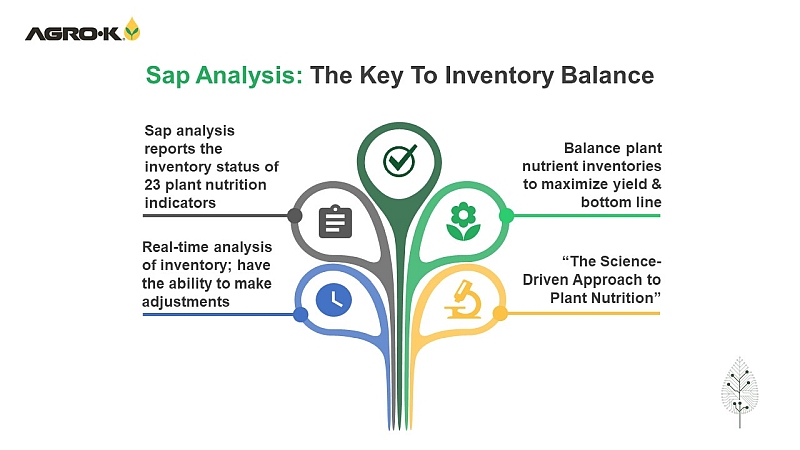Online Exlusive: The History Of The National Agricultural Plastics Congress
The contribution the American Society for Plasticulture and its membership have made to the research, development, and advancement of the field of plasticulture within and outside of the U.S. cannot be over-emphasized.
It was shortly after the introduction of the plastic polymer to American culture that the society was born. The American Society for Plasticulture started in 1960, when George Marlowe from the University of Kentucky invited 55 industry and university colleagues, whom he knew to be interested in the applications of plastics to agriculture, to Lexington, for a conference on the subject. A second meeting, called National Horticultural Plastic Conference was held in Roanoke, VA. At the third meeting in 1962, the attendees proposed the bylaws to form the National Agricultural Plastics Association (NAPA).
Under Article II of the bylaws, the purposed of the organization were clearly stated:
• Bring together those who are concerned with any phase of the knowledge of plastics and their uses in agriculture.
• Promote a better understanding of the problems and the progress among those concerned with research on and education of plastics and their uses, those who are concerned with production of plastics and those who use plastics in their agricultural practices.
• Publishscientific and practical information of value concerning agricultural uses of plastic.
• Improve general agricultural and horticultural practices through the use of plastic products at lower cost to the ultimate consumer.
During this period, plastics were just beginning to receive attention in agriculture. At the third conference, Marlowe, the first president of NAPA, said “One of the significant recent developments in horticulture has been the use of plastic films for crop production.” Today we can appreciate fully the significance of his observation.
At present, more than 200 million pounds of plastic films are used in the U.S. annually in crop applications such as mulches, row covers, greenhouse and high tunnel covers. Many more pounds are used in drip and field irrigation pipes, tubing, a wide assortment of fittings, flowerpots, seed flats, trays, cell packs, and packaging.
A Growing Membership
Over the years, NAPA membership had continued to grow and has fluctuated between 200 and 400. Many nonmembers also participated at the Congress events, which are roughly every 18 months. The membership is divided equally between two groups: researchers, educators, and growers; and business people who serve the agriplastic industry as manufacturers, marketers, researchers, and consultants. Industry personnel attend the congresses to keep abreast of on-going research and to explain their new products to researchers/extension educators interested in testing their products or developing new applications for these products.
In 1990, the membership voted to change the name from the National Agricultural Plastics Association to the American Society for Plasticulture (ASP) to better reflect the activities and scope of the organization. This unique interaction between university personnel and industry has resulted in ASP leading the development of the use of plastics in agriculture, particularly in horticultural applications.
Many pioneering studies on development and uses of greenhouse films, plastic covered greenhouse structures, bio or photodegradable and non-degradable plastic mulches, drip irrigation, fertigation, soil fumigation, plastic containers and packaging, soil solarization, hydrophilic polymers, transplant containers, row covers, and high tunnel production have been published in the proceedings of the congresses. In addition, a myriad of machinery associated with plasticulture has been incubated in this organization.
The place of plastics in the U.S. horticulture and agricultural production systems is tremendous and continues to grow each year. Sylvan Wittwer, director emeritus of Michigan State University’s Agricultural Experiment Station, said: “No technological development has so much modified the course of controlled-environment agriculture as the development of plastic films. The modern-day plastic revolution is manifest in the precipitous rise and expansion of cultivated areas under plastic greenhouses, high tunnels, rowcovers, plastic mulches, and drip irrigation. Plastic films and covers will extend and push crop productivity into new geographical frontiers in both agriculturally developed and less-developed nation. Their use characterizes much of the agriculture for the 21st century.”
ASP will continue to serve, as is has for the past 49 years, as a fertile meeting ground for university scientists and the commercial ag plastics industry. This organization has spawned many of the new technology and plastic products that have changed the face of modern-day horticulture. Future solutions to environmental questions, such as the disposal of not only agricultural but consumer plastics, are being debated and addressed currently by members of the society in partnership with industry.
One solution is to capture the resident energy that resides in the used plastics by incinerating it to generate steam or hot water to generate electricity or heat. Thus, plastics will serve mankind through many avenues and then also be a part of the answer to our energy equation. The American Society for Plasticulture will continue to serve as a forum for people with ideas to meet people who make things happen.
The 35th National Agricultural Plastics Congress will be held July 13-16, 2009 in State College, PA, in conjunction with Penn State University and the Center for Plasticulture. The Congress will showcase all aspects of plasticulture at a field day on July 16th and will bring together those who have ideas with those who can make things happen and help nurture and bring those ideas into reality.
For information on the upcoming 35th National Agricultural Plastics Congress and membership information and prices on previous Congress Proceedings and other special reports, contact American Society for Plasticulture at 814-357-9198; [email protected]; www.plasticulture.org.
To view a list of the Congresses and presidents to date of ASP,.









